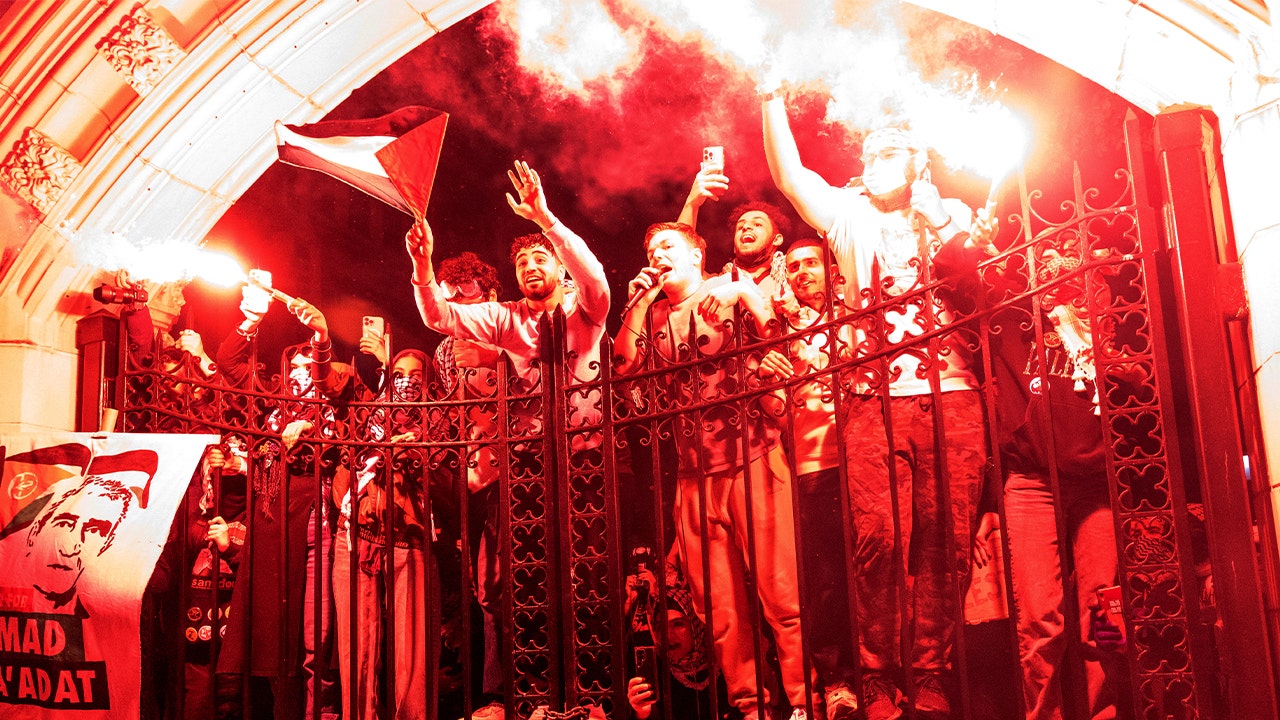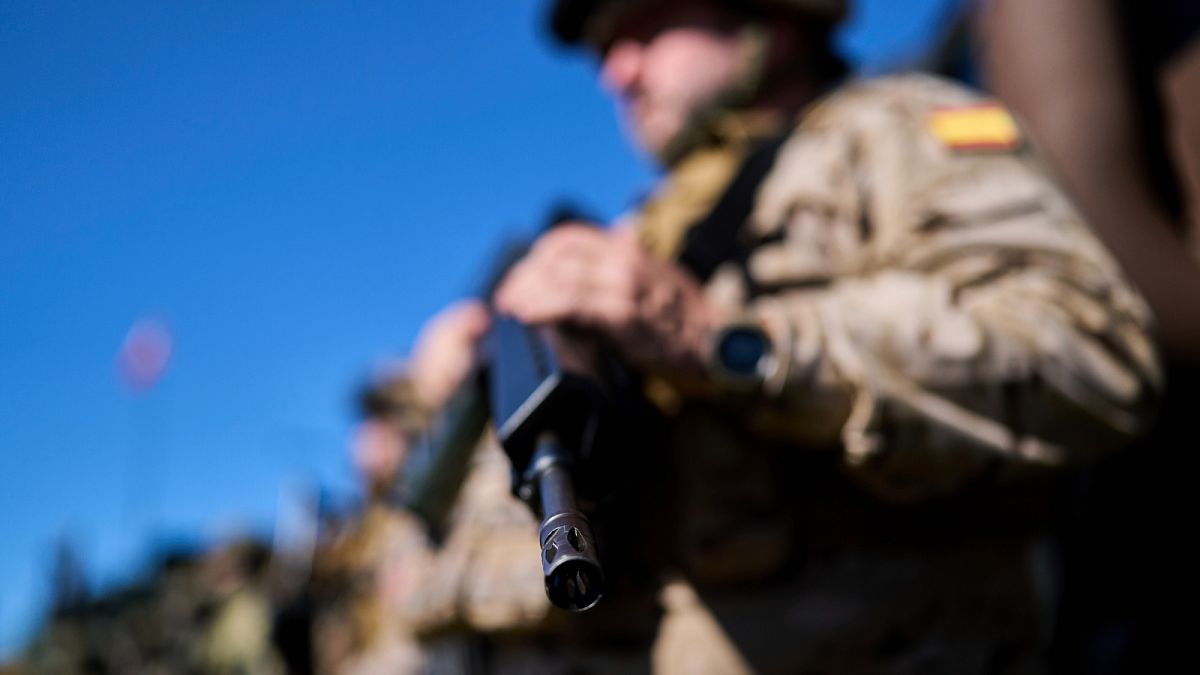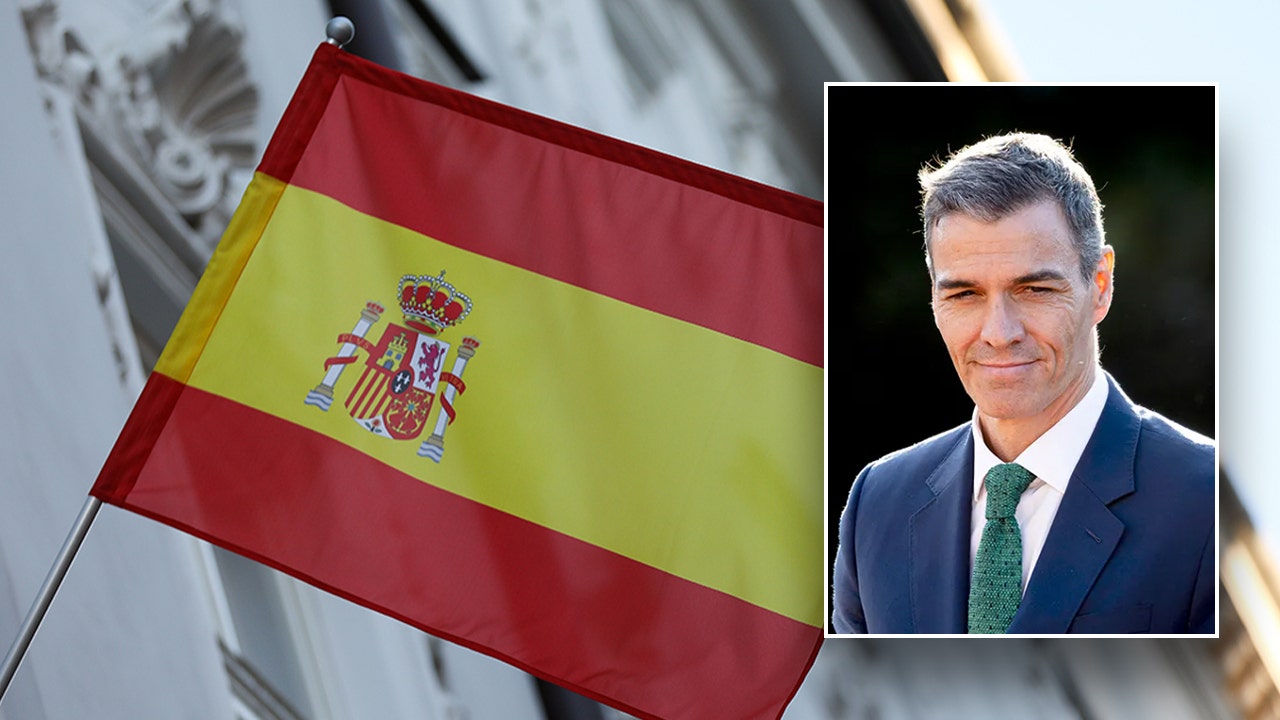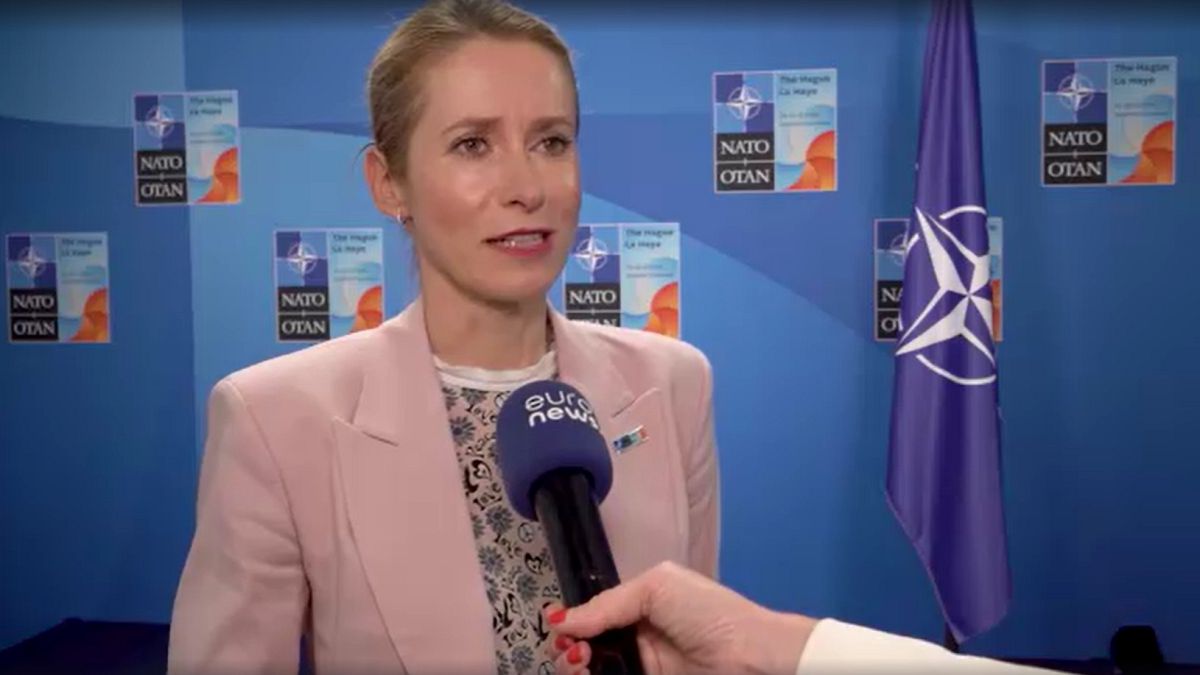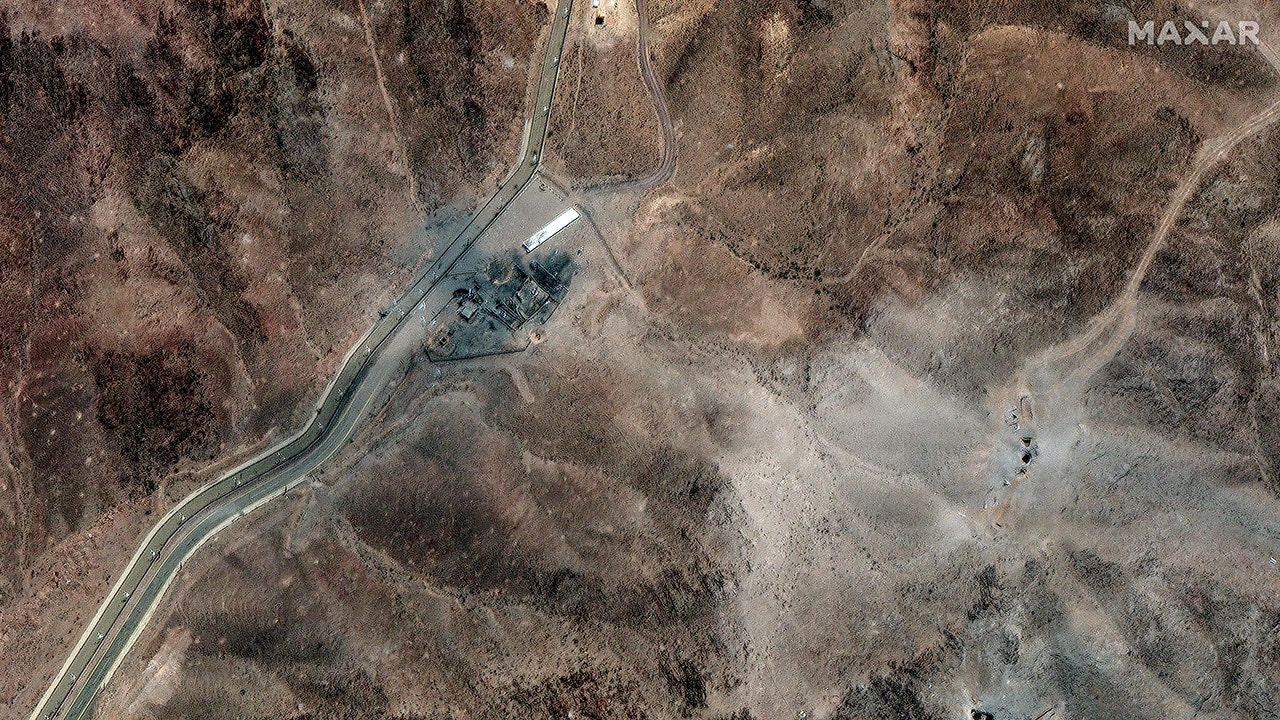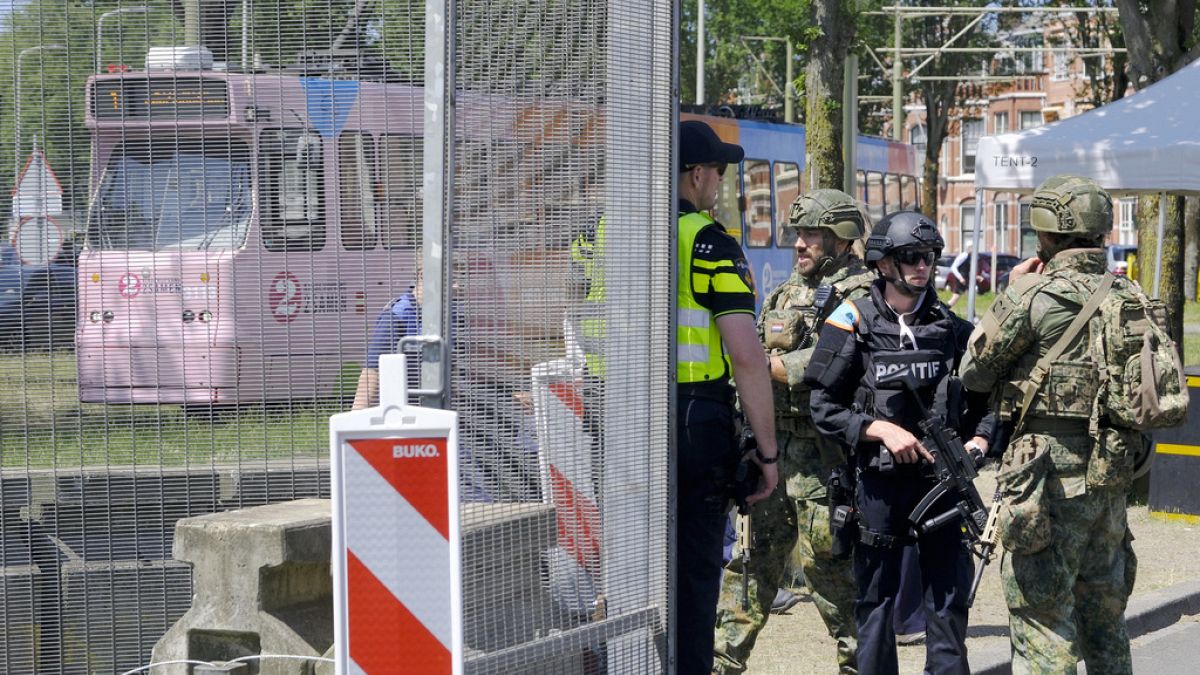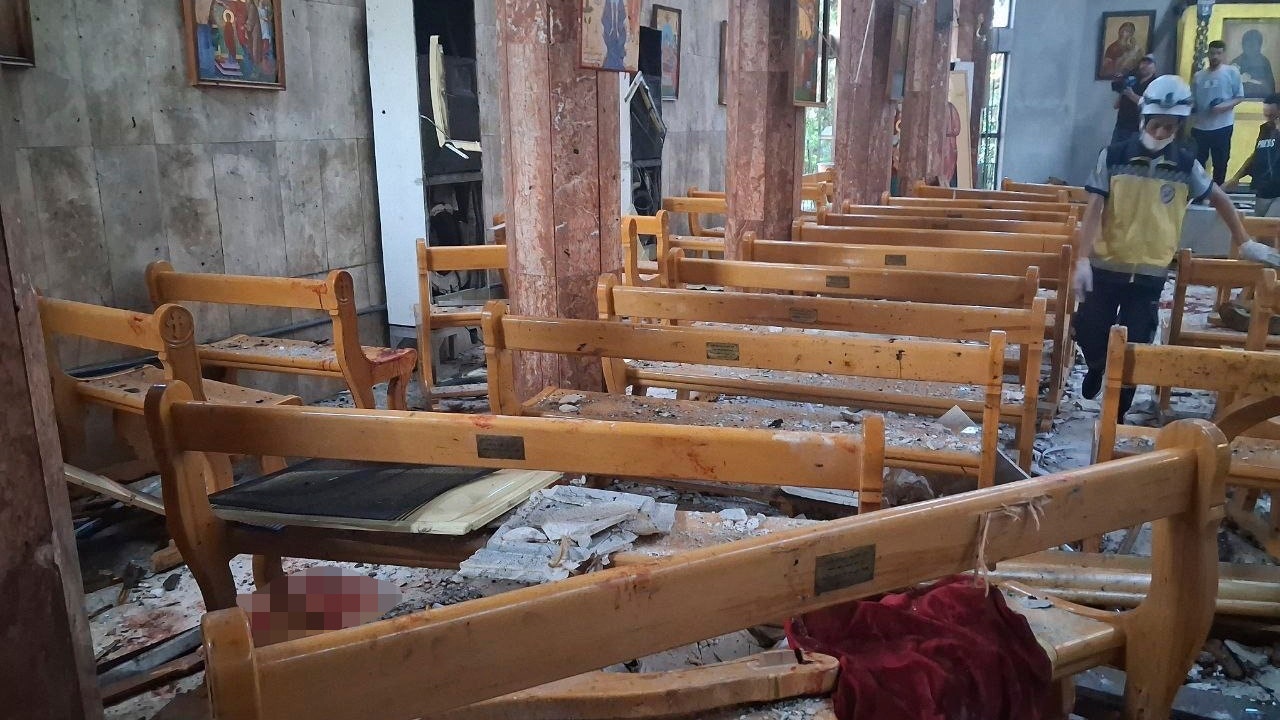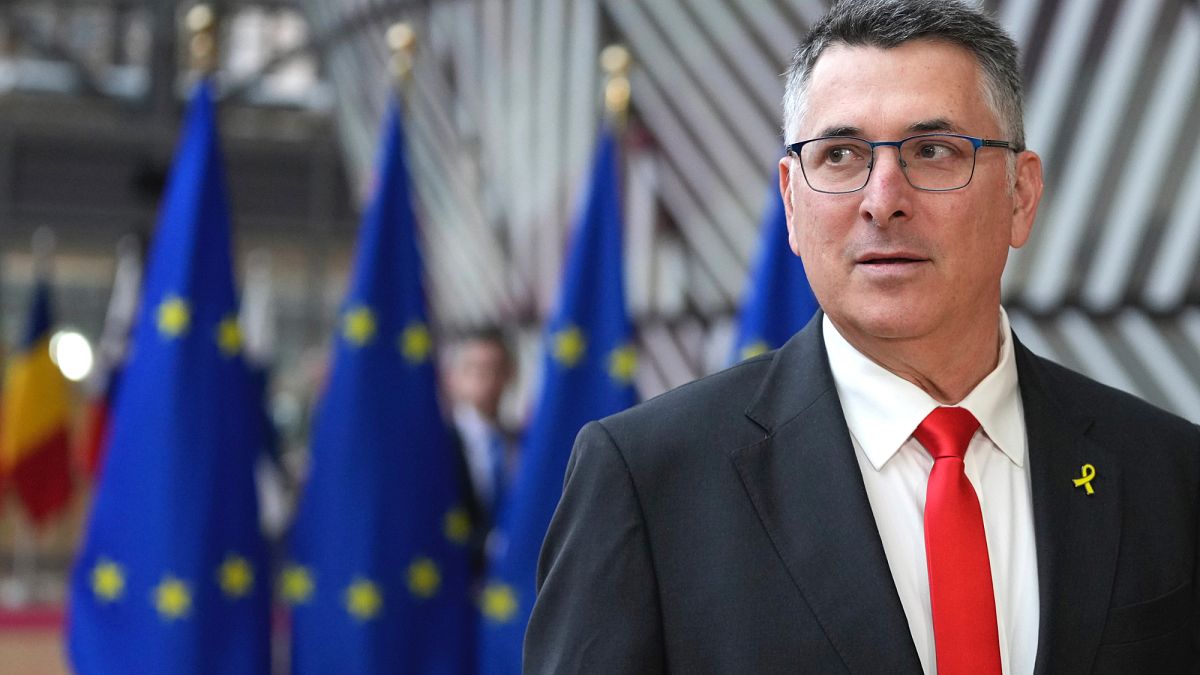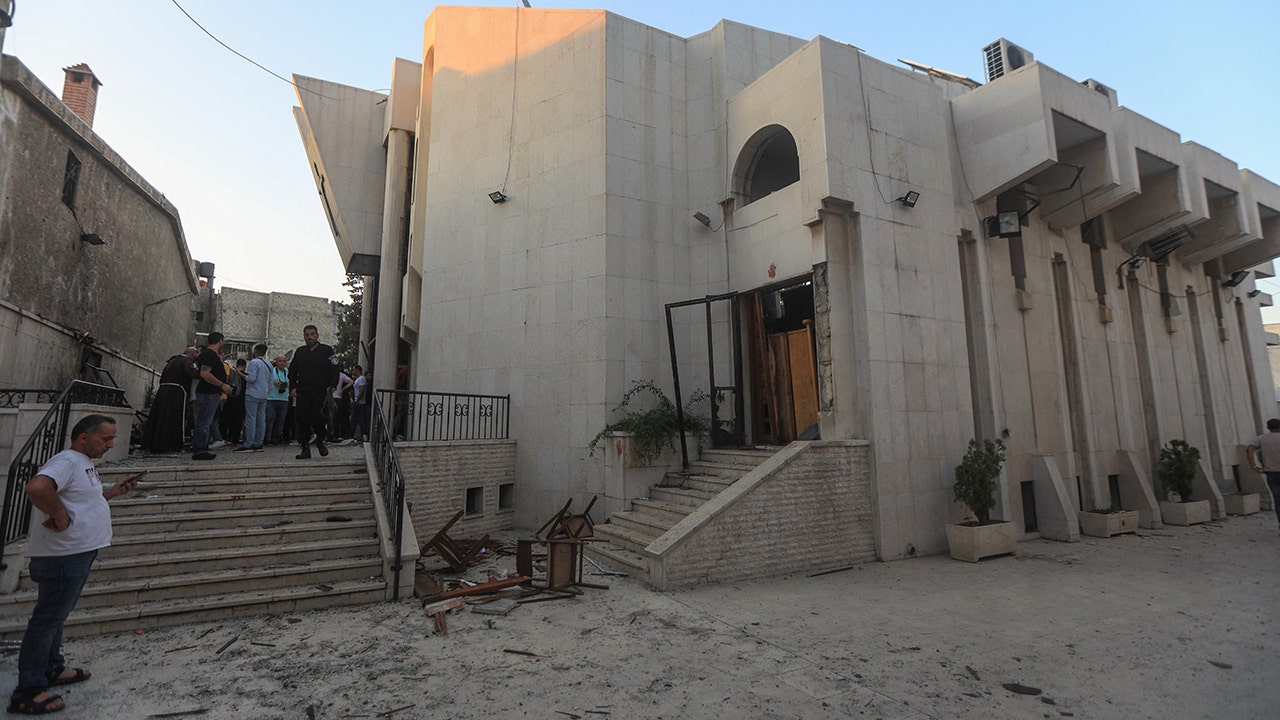Global military spending reached its highest year-on-year rise since the end of the Cold War in 2024, a new study has revealed.
According to data compiled by the Stockholm International Peace Research Institute (SIPRI), the world’s 15 largest spenders all increased their military expenditure in 2024 compared with 2023, with growth especially rapid in Europe and the Middle East.
The world’s top ranked spenders — the US, China, Russia, Germany and India — spent a combined total of $1.635 trillion (€1.437 trillion), accounting for 60% of total global military spending.
Meanwhile, real term military spending increased by 9.4%, taking worldwide total military expenditure to $2.718 trillion (€2,389 billion), and the global military burden — the share of global economic output devoted to military expenditure — increased to 2.5% of GDP.
Spending in Europe drives global surge
Since Russia launched its full-scale invasion of Ukraine in 2022, the war has been a continual driver of increased military expenditure across the European continent.
All European countries, with the exception of Malta, increased their military spending in 2024, according to the report. Germany broke records in 2024 by spending €77.89 billion ($88.5 billion) on its military, making it the biggest spender of the year in Central and Western Europe.
Meanwhile, Poland’s military spending grew by 31% to $38 billion (€33.4 billion) last year, or 4.2% of GDP. As for Ukraine itself, total military expenditure grew by 2.9% in 2024, hitting $64.7 billion (€56.8 billion). That equates to 43% of Russia’s spending, and the largest proportional military burden of any country last year.
The SIPRI’s study included Russia’s spend of $149 billion (€131 million) in the European total, which reached $693 billion (€609 billion).
What’s coming in 2025?
In 2023, the Uppsala Conflict Data Program (UCDP) recorded a record-high number of 59 state-based armed conflicts, the most since their data collection began in 1946 — a trend which looks set to continue this year.
“As governments increasingly prioritise military security, often at the expense of other budget areas, the economic and social trade-offs could have significant effects on societies for years to come,” said Xiao Liang, Researcher with the SIPRI Military Expenditure and Arms Production Programme.
In March, European Commission President Ursula von der Leyen proposed the Rearm Europe Plan, which she said could see member states mobilise up to €800 billion to finance a massive ramp-up in defence spending.
“The latest policies adopted in Germany and many other European countries suggest that Europe has entered a period of high and increasing military spending that is likely to continue for the foreseeable future,” said Lorenzo Scarazzato, Researcher with the SIPRI Military Expenditure and Arms Production Programme
Read the full article here





